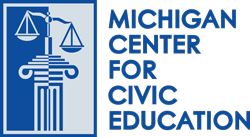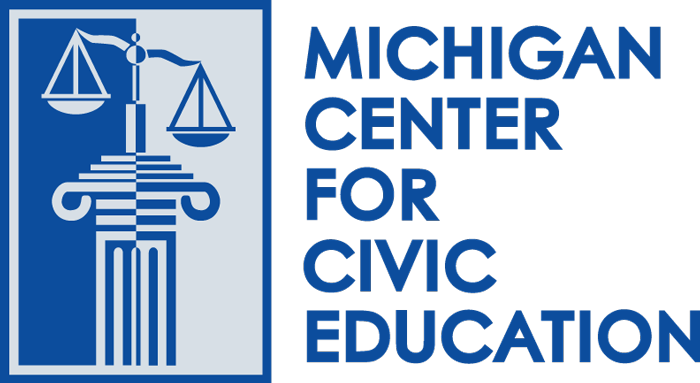Case developed for the 2012 Michigan High School Mock Trial Tournament: Criminal Case-Murder
Civics Lessons
People of New Michigan v. Thomas Osiski
The Exchange: Can Government Prohibit Citizens from Owning Handguns?
This research and deliberation activity encourages students to look at the issue of gun control from different points of view. Then, through deliberation, they will find political measures to address this issue. In any deliberation activity, compromise and listening will play a key role in finding common ground. This lesson is designed to promote an atmosphere of mutual respect for differing points of view on controversial issues.
The Constitution: Drafting a More Perfect Union
This lesson focuses on the drafting of the United States Constitution during the Federal Convention of 1787 in Philadelphia. Students will analyze an unidentified historical document and draw conclusions about what this document was for, who created it, and why. After the document is identified as George Washington’s annotated copy of the Committee of Style’s draft constitution, students will compare its text to that of an earlier draft by the Committee of Detail to understand the evolution of the final document.
Freedom of Expression
Deliberting in Democrcay lesson which gets students to deliberate the question–Should our democracy block Internet content to protect national security?
Becoming an Informed Voter: Preparing for the General Election
This lesson focuses on a voter’s need to be fully informed prior to casting a vote on Election Day and how to acquire the necessary information. Students learn what a yes or no vote or a decision to abstain means on a ballot. Students learn the definitions of amendment,initiative, and referendum. Students are given the opportunity to think critically and to learn firsthand why voters need to be fully informed about ballot questions.
To Sign or Not to Sign: The Ultimate Constitution Day Lesson Plan
This lesson plan was developed to help schools meet the Constitution Day education requirement. Students examine the role of the people in shaping the U.S. Constitution and the ratification process. The lesson closes with an opportunity for students to sign the Constitution, if they choose, and to discuss what it means to sign or not sign.
The American Jury: A Voir Dire Simulation
Students participate in a simulation of the jury selection process
The Public Sphere
Public sphere, public agenda, public opinion, public policy… What’s the difference? Students discover the relationships among these concepts and how they influence the issues we all discuss and care about.
Equal Protection Analysis
Extends students’ understanding of the 14th Amendment, the Constitution, and the history of civil rights in the United States. Students apply knowledge about “equal protection of the laws” to a variety of fact situations and controversies.
The U.S. Constitution: Continuity and Change in the Governing of the United States
This unit examines continuity and change in the governing of the United States. Lessons one and two are focused on a study of the Constitution and Bill of Rights and provide access to primary source documents from the Library of Congress. Lesson three investigates important issues which confronted the first Congress and has students examine current congressional debate over similar issues. Lesson four features broadsides from the Continental Congress

